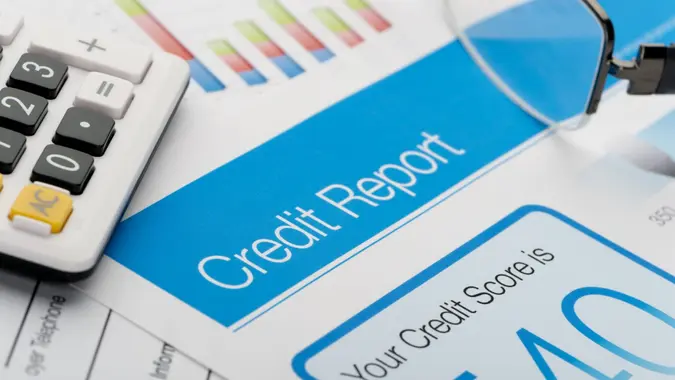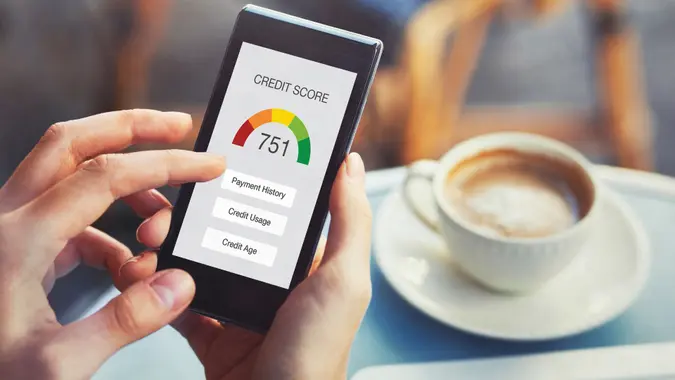The Unexpected Shopping Habits Researchers Say Could Signal Creditworthiness

Commitment to Our Readers
GOBankingRates' editorial team is committed to bringing you unbiased reviews and information. We use data-driven methodologies to evaluate financial products and services - our reviews and ratings are not influenced by advertisers. You can read more about our editorial guidelines and our products and services review methodology.

20 Years
Helping You Live Richer

Reviewed
by Experts

Trusted by
Millions of Readers
Credit scoring relies on weighted data, such as payment history and account age, but grocery receipts could someday help build credit files for millions of borrowers who don’t have credit records — aka those who are “credit invisible” — according to a study conducted by researchers at Rice University, the University of Notre Dame and Northwestern University.
The researchers stated that their work is experimental and designed to show how new types of data could support credit-invisible consumers in the future. In the United States, lenders have started experimenting with alternative data, such as rent and utility payments, to help people build credit. Grocery purchases, however, are not currently part of any U.S. credit-scoring model.
Researchers Found Purchases Correlate to Behavior
Using data that combined Peruvian customer loyalty transactions, credit card repayment data and administrative records from the Peruvian financial system, researchers investigated whether grocery shopping behavior predicts how likely someone is to pay their bills on time. The study used data from Peruvian consumers with credit card repayment histories to test whether grocery shopping patterns could predict payment reliability.
People who regularly bought healthful, whole foods like milk, yogurt and fresh produce tended to pay their bills on time. However, those who spent more on items such as cigarettes, energy drinks or canned meat were more likely to miss payments. Even when people earned about the same, worked similar jobs and had the same number of dependents, their shopping habits still showed differences in how likely they were to pay bills on time.
Additionally, borrowers who paid their credit cards on time often shopped on the same day each week, spent about the same amount month to month and stuck with familiar brands and product types. Their consistent shopping behavior transferred to their bill-paying habits and vice versa.
How Shopping Data Could Help the Credit-Invisible
After confirming a link between the two behaviors, the researchers built a simulation to see how those same retail data points could help borrowers who have no formal credit history.
In that simulation, adding shopping data raised projected credit approval rates from 16% to anywhere between 31% and 48% for borrowers without credit files. When tested for consumers who already had established credit histories, however, adding shopping data made almost no difference in approval outcomes. So this method might be used to indicate safe candidates for new credit lines or confirm the reliability of scores for those who have them, rather than align them.
 Written by
Written by  Edited by
Edited by 






















